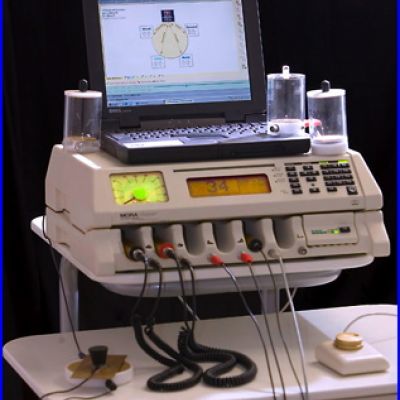litemotiv
Senior Member
- Joined
- Apr 10, 2021
- Messages
- 318
- Likes
- 590
Little metal dots on the head shell?
Pyramids on speakers?
Cable towers?
Wood shapes near speakers?
Boxes of dirt with ground wires?
Reminds me of chia pets or pet rocks.
It does provide humor.
It's not limited to audio ofcourse, people spend large amounts of money on stuff like health supplements or homeopathic treatments, which don't have any proven efficacy (sometimes even on the contrary). Humans are easy to fool.
The page below from skepp.be has a cool collection of Bioresonance equipment, they are (often very expensive) devices used to 'scan' and treat people with light and electric pulses for diseases and other anomalies. It's a pretty big market worldwide, there are thousands of practitioners charging 50-100 bucks per session or more.
The site is in Dutch/Flemish, but just browsing through the photos is already quite amusing:
BIORESONANTIE
CLAIMShttp://www.stateheide.nl/?id=2&id2=2Bioresonantie is een zeer subtiele trillingstherapie.Alles op aarde heeft een eigen unieke electro-magnetische frequentie. Een gezond lichaam heeft een veel harmonieuzer trillingspatroon dan een lichaam of weefsel met een aandoening. Door gebruik te...
Example, the Mora (€30K) device (Google Translate):
"The MORA electronically controls the body's information and forms a cybernetic control circuit with the patient's body during treatment. During the course of treatment, the biochemistry, previously affected by the disease, also changes thanks to the altered control signals. This leads to an objective and subjective improvement of the clinical symptoms.
Diagnosis and therapy take place at the fundamental level, which cannot be diagnosed or treated in classical medicine.
This diagnosis and therapy technique is unique: chronic and serious diseases can be diagnosed and treated in a very patient-friendly manner, which was not possible with any other system until now!"

